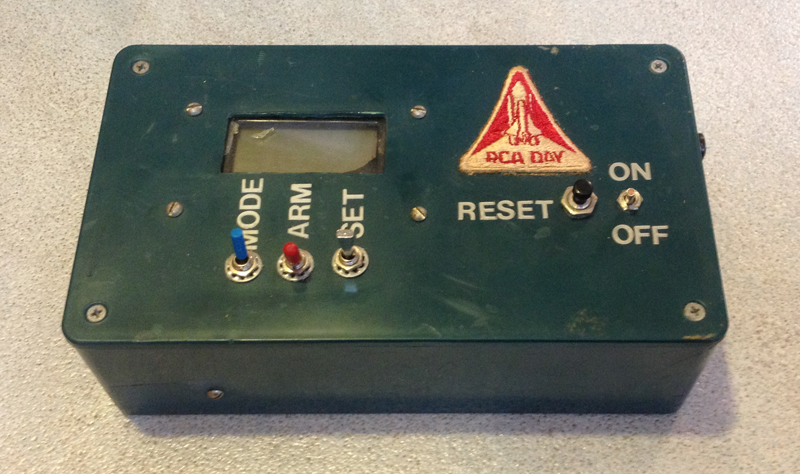This past weekend, while clearing out the attic space above the garage, I found a tool box containing the "remote camera sound trigger" circuit that I used to photograph Space Shuttle launches from unmanned cameras as close as 500 yards to the launch pad. I contacted the Museum of Flight about adding this to last week's donation.
This box was connected to a microphone, the roar of the rockets would close the circuit, and the cameras would fire. Since the cameras all had autowinders, they would fire until the 36 frames of film (this was analog photography) were exhausted.
After the Challenger disintegration, NASA confiscated all of the film from photographers' remote cameras in the hope that they might find a clue that was not captured on NASA's many cameras. One frame from a remote camera set up by photographer Scott "Sting Ray" Andrews on the north side of the pad—we photographers mostly preferred the "beauty shot" angles that highlighted the orbiter—caught a puff of smoke where one should NEVER be seen... emitting from one of the joints of the west-side solid rocket booster (SRB).
Scott's photograph led investigators directly to the cause of the flame that burned a hole through the wall of the external tank (ET), causing it to explode. The forces from this explosion are what tore the Challenger orbiter apart.
If you would like to read the report published by The Miami Herald on November 13, 1988 after an exhaustive investigation, click here to go to a web site where it is reprinted. If that link is broken, try here.
WARNING: It is very graphic and you will get angry and/or upset when you read it.
An original copy of the Tropic magazine in which the article debuted was included in last week's donation to the Museum of Flight—more as information I thought they should have, not as something I think should be exhibited.



No comments:
Post a Comment